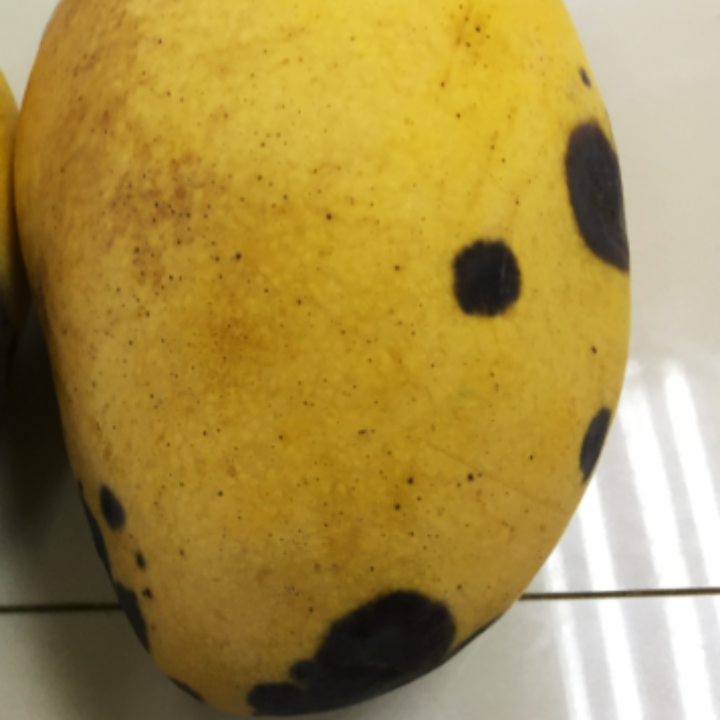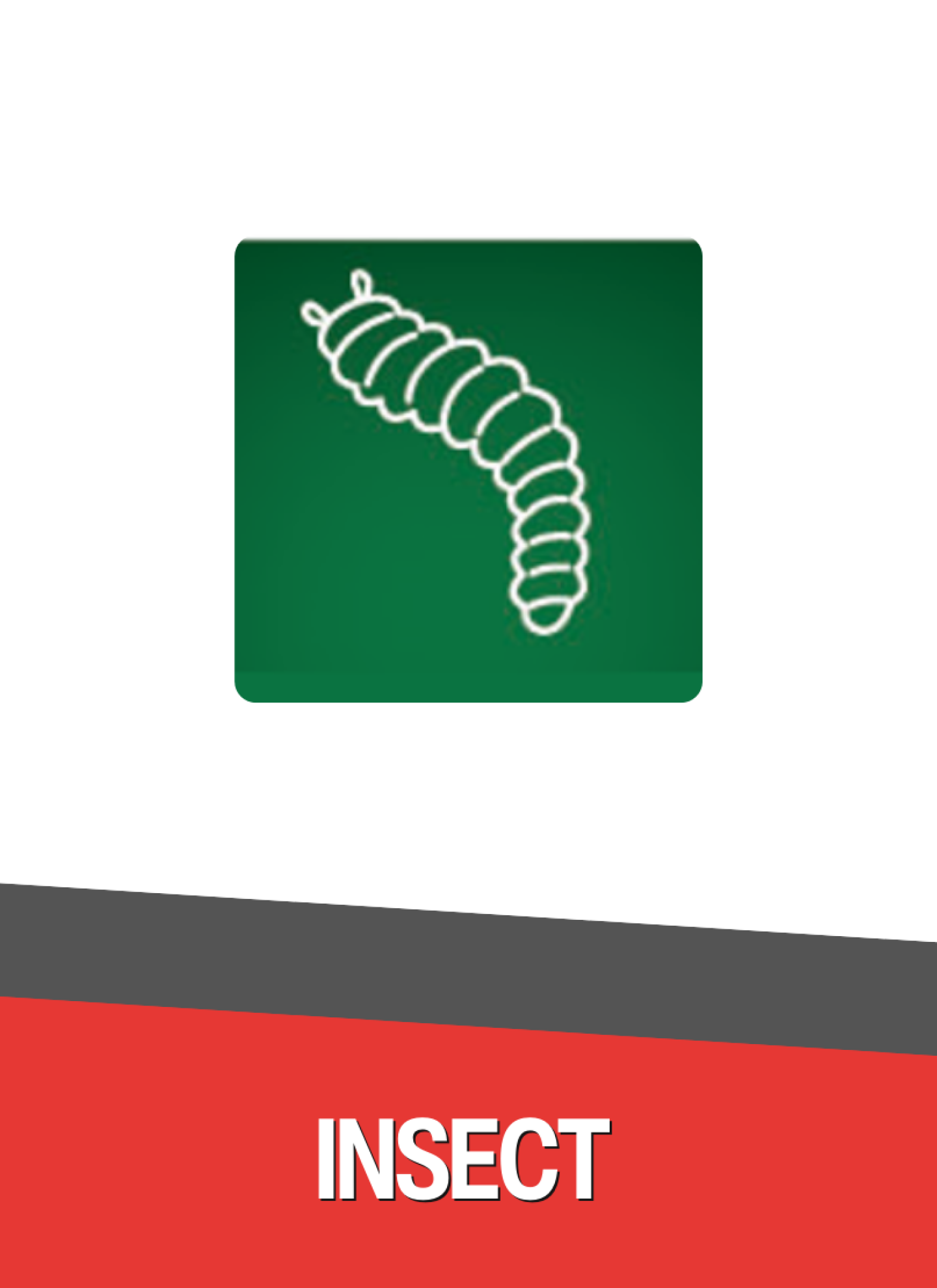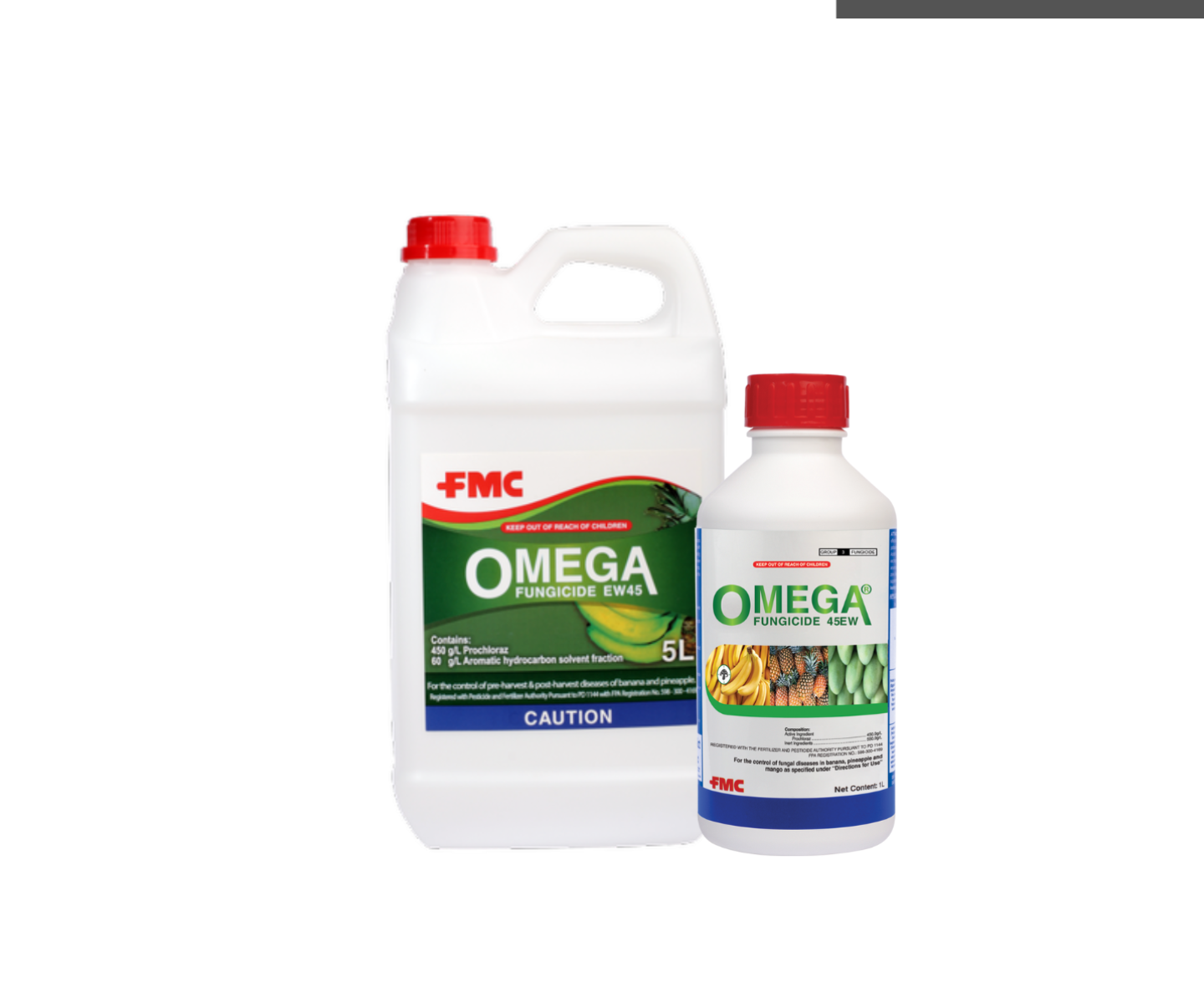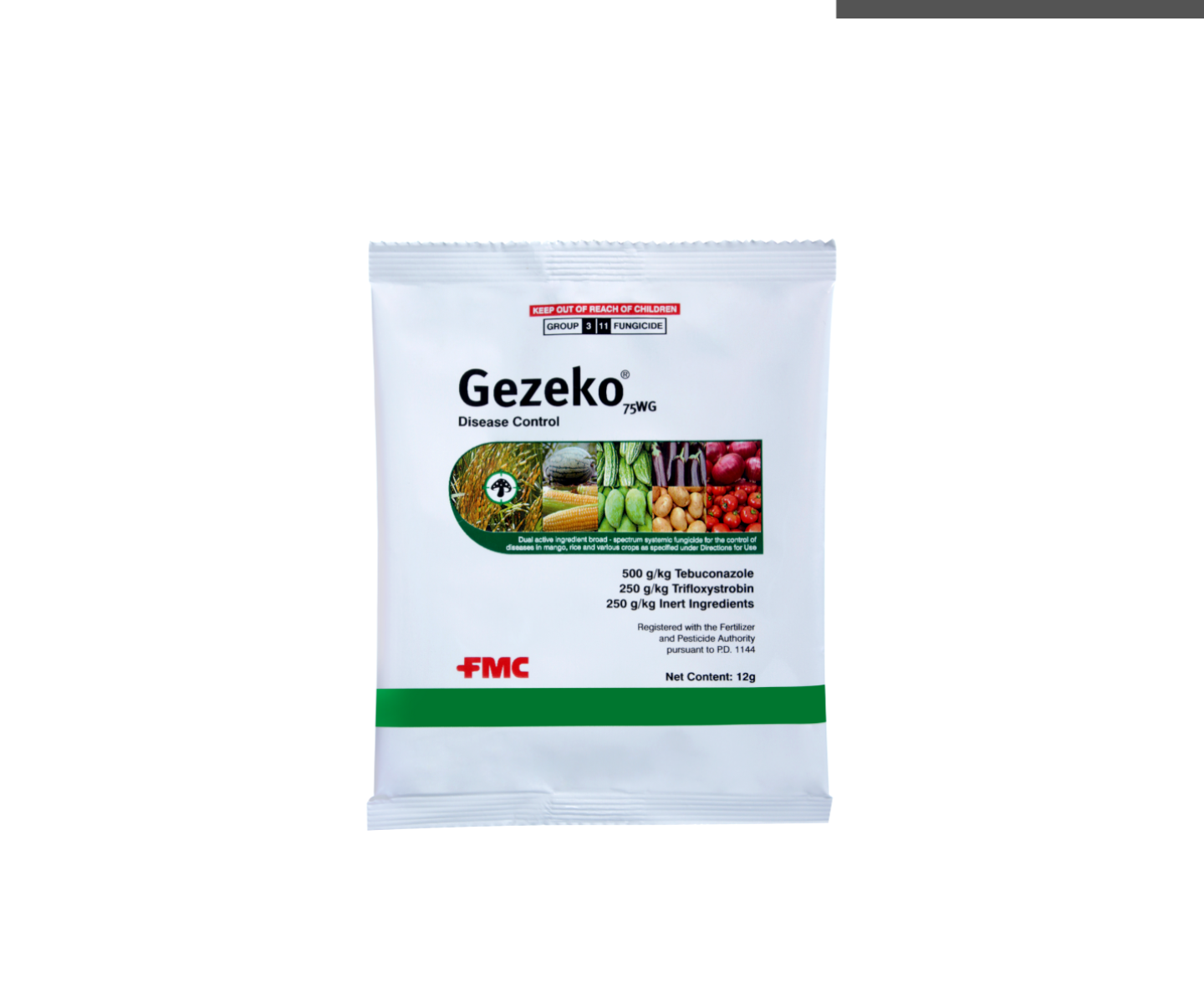Anthracnose

Anthracnose is a common postharvest disease of mango. It is caused by a fungus and exhibiting latent infection wherein infection occurs in the field and symptoms are observed after harvest at the ripening stage. Wet, humid and warm condition favors anthracnose infection in the field, while humid and warm condition favors postharvest anthracnose development
Colletotrichum gloeosporoides is responsible for many diseases. Conidia are dispersed passively by splashing rain or irrigation water. Infection sites are panicles, leaves and branch terminals.
What are the symptoms
Symptoms occur on leaves, twigs, petioles, panicles and fruits. On leaves, lesions start as small, angular brown to black spots that can enlarge to form extensive dead areas. On panicles, small black or brown spots can be observed which can enlarge, coalesce and kill the flowers. Infected ripe fruit develops sunken, prominent, dark brown to black decay spots, this can lead to extensive fruit rotting. Premature drops are also observed in infected trees.
Impact to the crop
Severe and early infection may cause up to 100% decrease in yield. Early infection may kill the flowers before fruit production causing significant yield reduction. Infection on fruits decreases the quality of fruit, thus decreasing its marketability.
How to control
Management of mango anthracnose consists of five approaches: site selection, cultivar selection, cultural practices in the field (e.g. sanitation, plant spacing, etc.), fungicide sprays and postharvest treatments (e.g. hot water treatment, chemical treatment.
Source: Nelson, SC. 2008. Mango anthracnose (Colletotrichum gloeosporoides). Cooperative Extension Service, College of Tropical Agriculture and Human Resources, University of Hawaii at Manoa.


